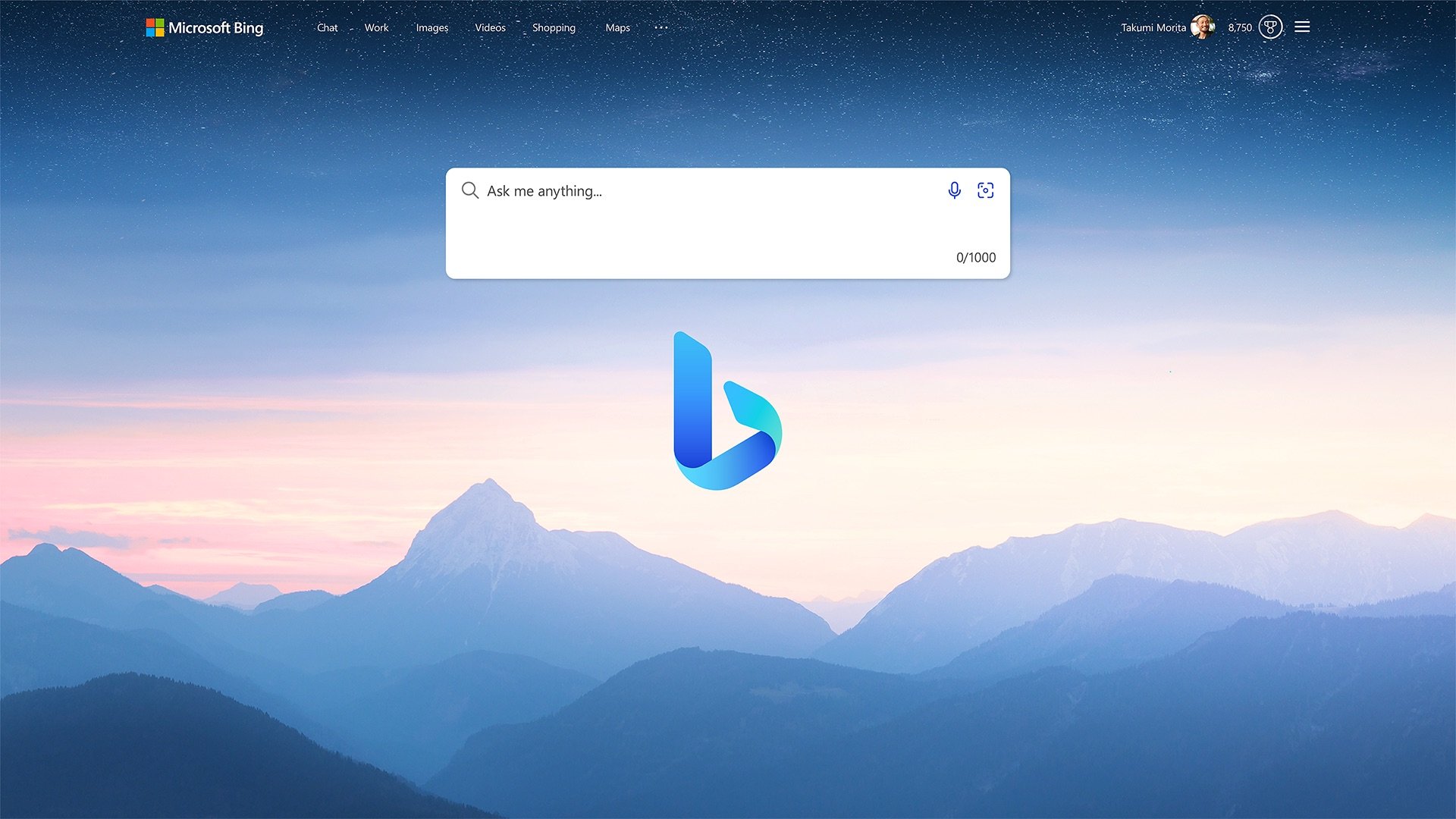Starting, Scaling, and Leading
Case Study:
Leading 30+ Product Designers with Six Directs Comprising Six Teams representing $9 Billion in Merchant and Payment Solutions Revenue
As the first Product Design Leader of the Value-Added Services (VAS) business vertical and platform, my team and I built multiple products and services for merchants of all sizes and scales.
The suite of Visa value-added services has nearly 200 products, spanning five high-demand categories
Visa’s largest 265 clients now use an average of 22 of Visa’s value-added services products
RESULTS
9% year-over-year revenue growth
New Tap-To-Phone payment product was the fastest-growing merchant tool in FY 23, growing to 1.6 million customers
Implemented a true triad model with equal input from Product, Design, and Engineering
Successfully led the integration of acquired products into the Visa brand and unified design system
Spearheaded, led, and piloted the integration of Design with Product and Engineering tools Jira and Jira Align, resulting in 1.3x velocity gains
MORE INFORMATION
Visa Acceptance Solutions helps accelerate growth for merchants with new digital enablement offerings.
Visa’s Growing Services Business infused with new AI-powered products
Visa Pushes Adoption Of Electronic Payments In Brazil
Consumer research highlights the growing need for Click to Pay
Good News for Paze: 44% Would Use a Bank-Provided Digital Wallet
“You are an incredible leader who advocates for your team, always wears a strategic hat, and can clear up even the murkiest situations. I really hope we can work together again.”
Redesigning Point-of-Sale for the Visually Impaired
Designing accessible physical/digital card-present payment terminals.
THE OPPORTUNITY
Point-of-sale terminals present significant challenges for the visually impaired, a group representing 8% of consumers.
For example, they are often unable to complete a transaction without verbally providing their card PIN, which causes substantial anxiety and security risks.
THE APPROACH
My team and I conducted in-person research and observation, documenting challenges and synthesizing insights.
We then created prototypes using novel haptic and auditory cues and tested them with our volunteers.
THE RESULTS
Our point-of-sale OEMs were provided with a comprehensive set of guidelines, prototypes, insights, and justifications. Several committed to adding modifications to their roadmap.
“I deeply appreciate the trust you extended towards me and my team and the support you continually provided. “
Building the Case to Reinvent and Reinvigorate Authorize.net
ANET 2.0 Executive Demo - Used to secure funding from leadership.
THE OPPORTUNITY
Visa’s small to medium business merchant tool, Authorize.net, controlled only 5.8% of the market, losing share to PayPal and Stripe. To make matters worse, customer reviews were very low. My product stakeholders and I saw an opportunity to reinvigorate the product and grow revenue.
THE APPROACH
My team and I conducted in-depth competitive and customer research, identifying a need for quicker onboarding, better reporting, and better insights from AI integration. We ensured that our proposed improvements were well-founded and aligned with market demands.
Following the development of a new experience prototype and a compelling business case, our efforts were rewarded in the quarterly business review.
THE RESULTS
The leadership team responded by reallocating resources and providing six development teams (60 dev), an additional product manager, and two new designers.
ANET 2.0 launched in early 2025 to resoundingly positive reviews and was recently named the number one payment platform by Forbes Advisor.
“As soon as I met you, I knew I wanted you to be my manager. I have thought of you as my sensei. You help me see the clear path forward and give me wisdom and a safe space to gain the confidence I need.”
Increasing Team Velocity by Integrating the Product Toolset
THE OPPORTUNITY
Design was not integrated with Jira when I joined, causing much back-and-forth, a lack of reporting, and miscommunication. When Visa undertook an effort to upgrade product processes and include Jira Align, I took it as an opportunity to integrate triad tools properly.
THE APPROACH
Together with my Design Program Manager (ops team), I took the lead in designing and implementing a pilot integration. This initiative eventually expanded to include two of my teams.
By providing our presence at the tooling discussions, I ensured that the design organization was not an afterthought but a key player in an integrated triad process.
THE RESULTS
The result was a 1.3x increase in team velocity after two months and a 22% reduction in email communications typically required for clarification and status updates. Importantly, it also enabled design and product leadership to see our direct impact over time.
Role competencies and career tracks
Assessing individual capabilities
Team OKR definition
My team surprised me with these touching farewell messages
“Your leadership brought out the best in us and made work enjoyable.”
“Authorize.net’s platform balances accessibility with comprehensive features. Its clear interface and organized dashboard make accepting payments and managing customer information a breeze, even for those without extensive IT experience.” - Best payment platform, Forbes Business








